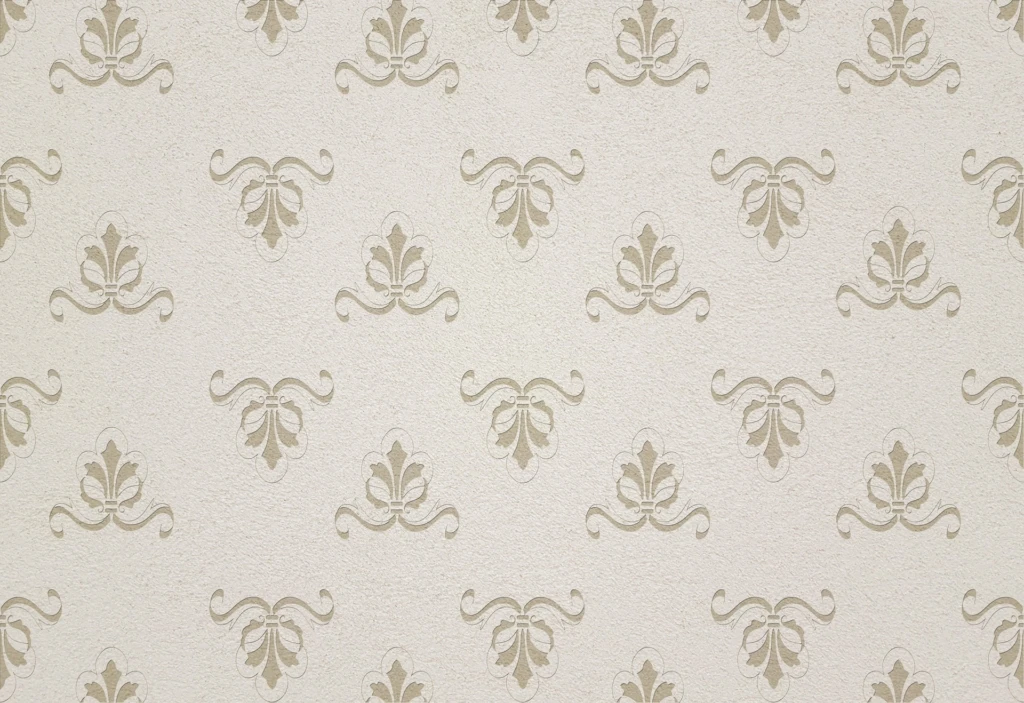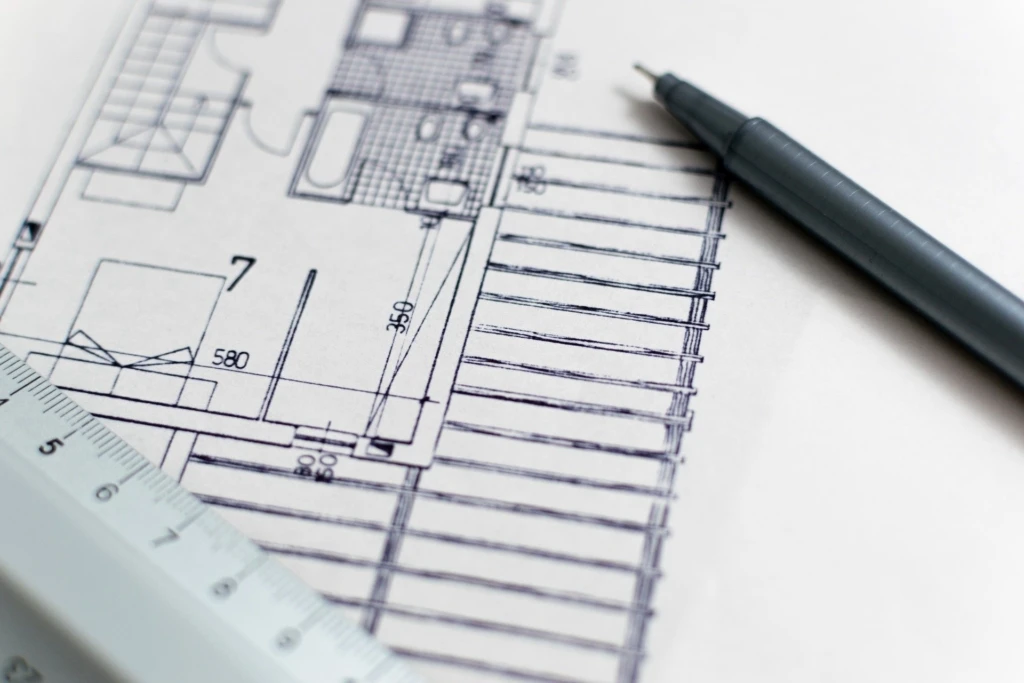Good Tips for Wallpapering

When wallpapering, it's worth avoiding mistakes and doing everything correctly from the start, as it's very difficult to fix anything later. Successful wallpapering begins with bringing home wallpaper rolls with the same batch number and the right adhesive from the store, and ends with ensuring the proper drying conditions so that your hard work doesn't come loose from the wall immediately.
A few tips are worth their weight in gold in this case:
1. Before buying wallpaper, you need to measure the room to be wallpapered and calculate the required amount of material, or familiarize yourself with a table that shows how many rolls you need to buy.
2. You should also check that all wallpaper rolls have the same article number or batch number. The color tone depends on this. If you can't find rolls with the same batch number in the required quantity, it's better to leave that wallpaper unpurchased. Color tone differences can look quite ugly on the wall later.
3. The surface to be wallpapered must of course be clean, dry, and durable. Concrete walls must first be puttied, leveled, and primed. Priming is necessary, especially if the wall is porous. If the wall is not primed, the adhesive will be absorbed into the wall, the wallpaper will either simply come loose or will wrinkle unattractively. For priming, you can use special mixtures or cheaper wallpaper adhesive.
4. There's no need to wallpaper near radiators and stoves, as temperature fluctuations will eventually loosen the wallpaper from the wall sooner or later.
5. Next, you need to choose the right wallpaper adhesive that matches the type of wallpaper you've bought. Vinyl wallpaper requires vinyl wallpaper adhesive, paper wallpaper requires a different adhesive. The amount of adhesive should also be purchased according to the number of rolls or the size of the surface to be wallpapered. Information can be found on the adhesive package.
6. Wallpaper should be cut into panels. The label on the wallpaper roll should indicate or describe how to match the pattern accordingly. Cut panels should be numbered so nothing goes wrong. For gluing the first panel, you need to draw a vertical straight line with a plumb. The plumb should be used again after installing every fifth panel.
7. Adhesive can be applied to the wallpaper with a large brush. The adhesive needs to be given soaking time. The ends of the panel with adhesive should be folded together. The soaking time of the adhesive depends on the thickness of the wallpaper. For example, with thin wallpaper, we can see after 3-5 minutes how much it stretches, with thick wallpaper you need to wait 10-20 minutes. Heavy paper and embossed wallpapers, as well as vinyl, silk, and textile wallpapers require stronger adhesive than light paper wallpapers. Don't skimp on adhesive and pay special attention to edges and corners.
8. Velour and velvet wallpapers follow different procedures than vinyl and paper wallpapers: for these, adhesive should be applied directly to the wall, not to the wallpaper.
9. If, however, you've bought wallpaper decorated with metallic colors (bronze, silver), use only adhesive made on a metal cellulose base and matching the wallpaper type for installation.
10. When buying wallpaper with pre-applied adhesive, you must take into account that walls need to be very well prepared. If you're not confident about the quality of the walls, use regular adhesive instead. If, however, you still decide to use pre-applied adhesive on the wallpaper, you should soak the wallpaper in cold water for the time specified by the manufacturer. Make sure that both the front and back of the panel are completely wet.

11. Wallpaper is easiest to attach to the wall with a wallpaper scraper. By pressing with a plastic scraper from the center outward, air bubbles and excess adhesive can be removed more easily. You should have a cloth at hand, as it can wipe away adhesive that seeps out from under the wallpaper.
12. It's recommended to start installing panels from the window, as this avoids shadows appearing at the joints. If the room has multiple windows, you could start from the south-facing window, where the strongest light comes in. The most difficult part is wallpapering room corners. These can be reinforced with paper beforehand.
13. It's not recommended to leave the middle of a panel at the corner. The edge of the panel should overlap the corner by only 2-3 cm. For an outside corner, allow approximately 5 mm for overlap. To ensure the panel bends correctly, the top and bottom edges should be cut flat before the wallpaper dries.
14. Once the wallpaper is on the wall, leave the room to dry for two days. Don't worry too much about small wrinkles or bubbles, as the wallpaper will become smoother as it dries. During the drying period of the wallpaper, you should maintain an even temperature in the room and avoid drafts.
* Water resistance, washability, or durability of wallpaper. * Light fastness of wallpaper (measured on an 8-point system). * Small rooms appear larger when walls and ceilings are in light tones. Large rooms become more cozy with dark wallpapers. * With different patterns or colors, it's possible to correct room proportions by, for example, installing different colored wallpaper on opposing walls or using borders to regulate room height. Vertical stripes make the room appear higher. * In shaded rooms, use brighter sunny tones or half-tones with warm shades. In sunny rooms, bright-colored wallpapers become even more intense, so these rooms should have lighter and cooler tones. * Light furniture stands out better against dark wallpaper and vice versa. * A large pattern on wallpaper only has an effect on large ceiling walls, in a small room you could stick to small-patterned or monochrome wallpaper.
See how to calculate the required amount of wallpaper
Generally, wallpaper sold in stores has a width of 0.53 meters and a roll contains 10.05 meters of wallpaper. First, you need to measure the width of the entire surface to be covered with wallpaper, including doors and windows. The resulting number of meters should be divided by 0.53. This shows how many widths of wallpaper are needed to cover that surface. For example, if the perimeter of a room to be wallpapered is 6 meters, then the number of widths needed is 6 : 0.53 = 11.3207, which should always be rounded to a whole number, i.e., 12 widths.
Next, you need to measure the height of the surface to be covered and multiply it by the number of widths obtained earlier. If you want to cover a wall that is 2.5 meters high, you should multiply the height by the number of widths: 2.5 x 12 = 30. The answer gives you the number of lengths needed. Usually, one roll contains 10.05 meters of wallpaper. To find out the number of rolls, divide the previously obtained length by the length of wallpaper in the roll, i.e., 30:10 = 2.985, or 3 rolls.
Finally, you need to account for wallpaper loss, which occurs when following the pattern repeat or cutting edges. Usually, a 15-20% allowance is calculated, i.e., 3 x 1.2 = 3.6 rolls. To wallpaper a room with a perimeter of 6 meters and a height of 2.5 meters, you need 4 rolls of wallpaper.
Article source: Moodne Kodu




